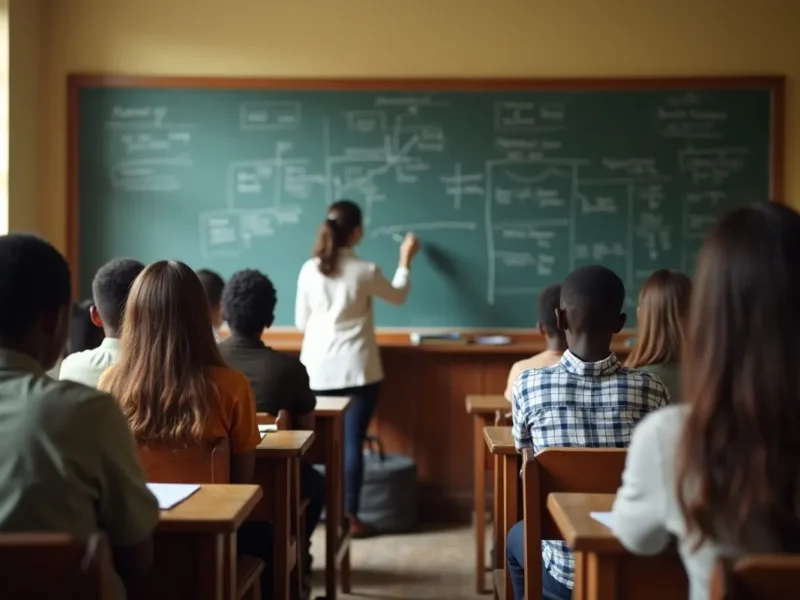When you watch an animated movie, you might notice how each character has unique details that make them look almost touchable. From the texture of their clothes to the shine of their hair, these details add a layer of realism. One tool that helps animators achieve this is a sampler. This article will explore the various ways animators give tactile details to characters to make them more lifelike.
Contents
Texture Mapping
Texture mapping is a technique that adds surface details to animated characters. It’s like wrapping a 2D image around a 3D shape. This can make a character’s skin look real, give the fabric a certain weave, or even create lifelike scales on a dragon. The more detailed the texture map, the more realistic the character appears. To achieve this, animators painstakingly apply these textures to various parts of the character’s model, ensuring that every detail enhances their tactile realism.
Bump and Normal Mapping
While texture mapping adds surface details, bump and normal mapping give the illusion of depth and volume. These techniques create the appearance of bumps, dents, and other surface irregularities.
For example, they can make a character’s armor look dented or their clothes look wrinkled, adding to the overall realism. These mapping techniques are vital for making characters feel three-dimensional, and they require careful adjustment to achieve the desired tactile effect.
Hair and Fur Simulation
Hair and fur are some of the most challenging aspects to get right in animation. Special techniques are used to make them look natural. Each strand of hair or fur is animated to react to movement and wind. This makes the character look more believable and adds a tactile quality as if you could reach out and touch them. Achieving realistic hair and fur involves complex physics simulations and meticulous attention to detail.
Cloth Simulation
Cloth simulation is used to make a character’s clothing move realistically. Whether a character is running, jumping, or standing in the wind, their clothes will move naturally. This adds a layer of realism and makes the character’s world feel more believable. Cloth simulation algorithms ensure that fabric behaves realistically based on the character’s movements, adding tactile authenticity to their appearance.
Using a Sampler for Fine Details
Adobe states, “Substance 3D Sampler allows you to create 3D meshes with textures, seamless materials, and HDR lights from real world images.”
It is used to pick up and apply fine details like skin pores, fabric threads, or tiny scales. These details might be too small to notice individually, but together, they make a big difference. The sampler helps animators apply these tiny details across the character’s body, making them look more lifelike. These subtle details are essential for enhancing the tactile quality of animated characters, and they require precision and expertise.
The art of infusing animated characters with distinct tactile details is a meticulous and multifaceted endeavor. Animators employ a range of techniques, including texture mapping, bump and normal mapping, hair and fur simulation, cloth simulation, and the precise use of samplers, to create characters that feel not only visually stunning but also touchably real.
These intricate details are the keystones that bridge the gap between the digital and physical worlds, enabling viewers to connect with animated characters on a deeper level. As technology advances, the quest for even greater tactile realism continues, promising a future where animated characters transcend the screen, inviting one to reach out and experience their world in ways one never thought was possible.



